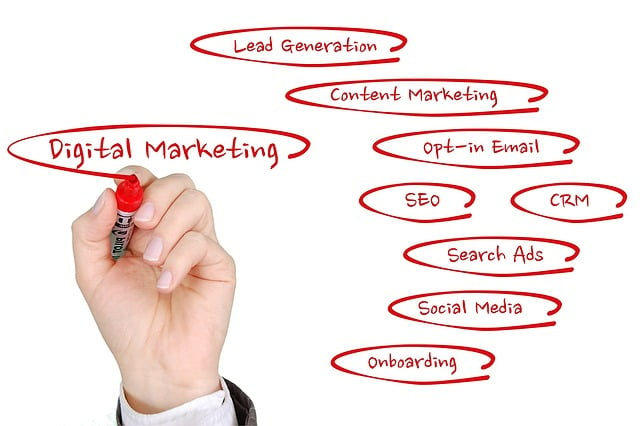Artificial Intelligence (AI), particularly AI HR feedback sentiment analysis via natural language processing, is revolutionizing Human Resources by analyzing employee surveys, reviews, and social media to gauge workplace morale. This technology offers crucial insights for informed decision-making, enhancing strategies for employee retention and positive work environment. In complex sectors like landscaping, AI algorithms predict future demand patterns by processing vast datasets including historical trends and client sentiment, enabling businesses to optimize resource allocation and investment strategies. Integrating AI HR feedback sentiment analysis is vital for precise growth forecasting models, enhancing forecast accuracy and facilitating proactive HR strategies that foster employee engagement and sustained organizational growth.
“Explore the transformative potential of Artificial Intelligence (AI) in Human Resources through sentiment analysis, a powerful tool for understanding employee attitudes. This article delves into the rapid growth of AI landscaping and its forecasting capabilities, focusing on algorithms’ role in predicting business expansion. We discuss how integrating feedback mechanisms enhances predictive models’ accuracy, ensuring HR strategies align with organizational goals. Discover the impact of AI HR, from sentiment analysis to advanced growth forecasting, revolutionizing workplace dynamics.”
- Understanding AI in HR: The Rise of Sentiment Analysis
- Forecasting Growth: Algorithms and Their Role
- Integrating Feedback for Accurate Predictive Models
Understanding AI in HR: The Rise of Sentiment Analysis

In the realm of Human Resources (HR), Artificial Intelligence (AI) is no longer a futuristic concept but a game-changer. One of its most impactful applications is sentiment analysis, a powerful tool that examines AI HR feedback to gauge employee attitudes and sentiments. By delving into the emotional landscape of workplace interactions, this technology provides valuable insights into employee satisfaction, engagement, and overall morale.
Sentiment analysis leverages natural language processing (NLP) algorithms to analyze text-based data, such as employee surveys, performance reviews, and social media posts. It identifies positive, negative, or neutral sentiments expressed by individuals, enabling HR professionals to make data-driven decisions. This approach enhances the accuracy of workforce analytics, fostering a more positive work environment and improving employee retention strategies.
Forecasting Growth: Algorithms and Their Role

AI algorithms have significantly enhanced the way we forecast growth, particularly in complex sectors like landscaping. By leveraging machine learning and natural language processing capabilities, these algorithms analyze vast datasets—from historical trends to real-time AI HR feedback and sentiment analysis from employees and clients—to predict future demand patterns. This enables businesses to make more informed decisions about resource allocation, investment strategies, and service offerings.
The role of algorithms in forecasting growth is multifaceted. They can identify hidden patterns and correlations within data that might not be immediately apparent to human analysts, thus providing a deeper understanding of market dynamics. Additionally, these algorithms are adaptable, continually learning from new data inputs to refine their predictions over time. This dynamic nature ensures that landscaping businesses stay ahead of the curve, capitalizing on emerging trends and swiftly adjusting to changing market sentiment.
Integrating Feedback for Accurate Predictive Models

In the realm of AI landscaping growth forecasting, integrating feedback is paramount for building accurate predictive models. By harnessing AI HR feedback sentiment analysis, algorithms can gain valuable insights into employee attitudes and organizational dynamics. This qualitative data, often overlooked in traditional quantitative approaches, plays a crucial role in refining predictions about future growth trajectories.
Through sophisticated natural language processing techniques, AI systems can analyze open-ended responses from surveys, interviews, and other feedback channels. By identifying sentiment trends and thematic patterns, these models can uncover hidden correlations between employee satisfaction, company culture, and potential business expansion. Such integration not only enhances the precision of forecasts but also enables proactive HR strategies, fostering a more engaged workforce and ultimately contributing to sustained growth.
AI is transforming HR through sentiment analysis, enabling more accurate growth forecasting with algorithms. By integrating feedback, these models can adapt to changing trends and employee sentiments, becoming powerful tools for strategic decision-making in today’s digital era. This innovative approach, combining AI HR feedback and sentiment analysis, paves the way for more effective talent management and organizational success.
